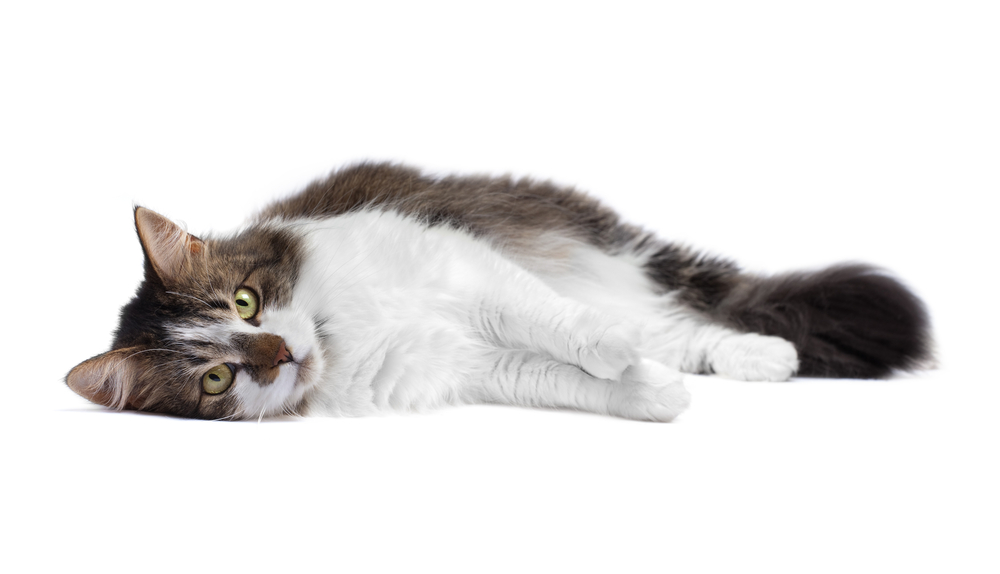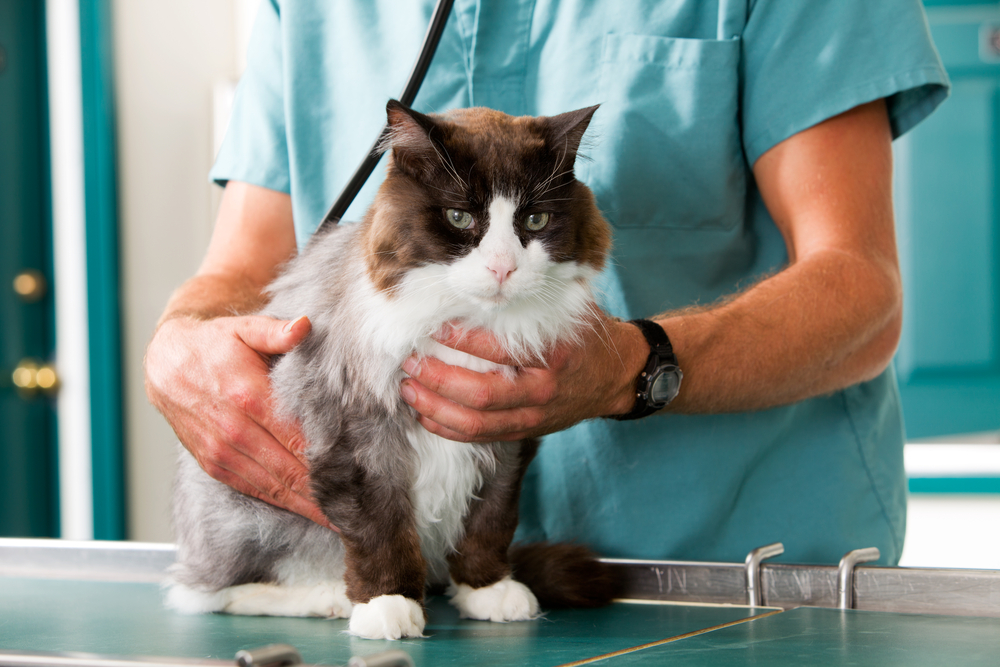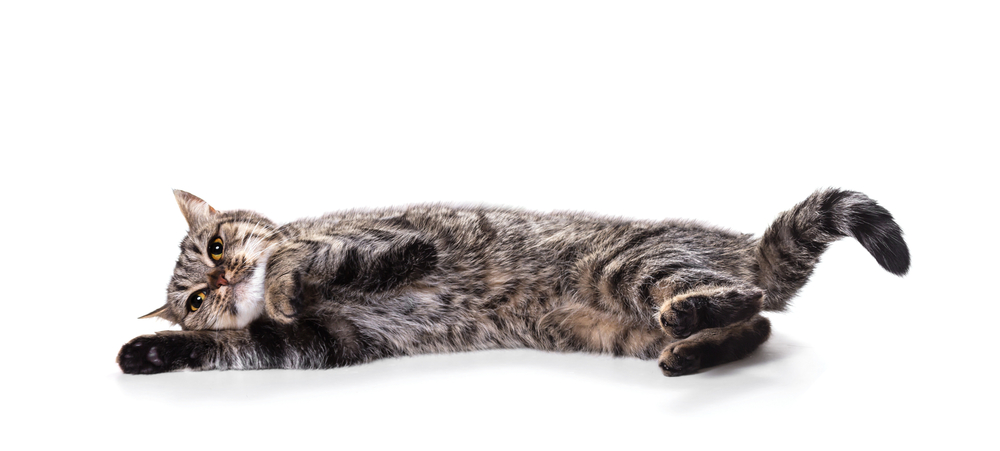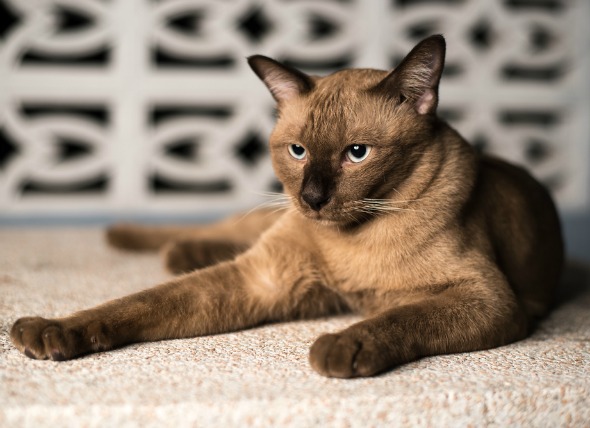
Epilepsy is a disease that is characterized by convulsions (seizures), and sometimes the two terms are confused.
A seizure may have several symptoms or only a few, including:
A typical seizure will have three components. In the first (aural) stage, the cat’s behavior will be out of the ordinary. It may hide, seem nervous, or search for its owner. It may be restless, shaking, or drooling (salivating). The aural phase may last from a few seconds to a few hours.
The second phase is the seizure itself and will last from a few seconds to about five minutes. All of the muscles of the body may contract. The cat may fall on its side and seem unaware of what is going on. The head will be thrown backward by the convulsions. It will probably urinate, defecate, and drool (salivate). If this lasts more than five minutes, the seizure is said to be prolonged.
A seizure is frightening for the onlooker, but you need to know that the cat is not in pain. To avoid being bitten, do not put your fingers in its mouth. You will want to protect the cat from hurting itself, but it is better to leave it on the floor. The cat will need treatment if its body temperature rises dramatically.
Following the seizure, the cat will be confused and unaware (disoriented). It will drool and pace. There may be temporary blindness. The length of this phase is not related to the length of the seizure itself.
If your cat is having a seizure, pay attention to the details. Your veterinarian will need specific details to make the proper pre-diagnosis. You should observe breathing patterns, motion or rigidity of limbs, eye dilation or motion, salivation, body twisting, and muscle twitching. Your veterinarian will want to know how long the seizure lasted as well, make a note of that. Once the seizure is over, your presence and attention will comfort your cat as he regains consciousness.
Seizures may be caused by a variety of factors such as injury (trauma), infections, tumors, epilepsy, and ingestion of or exposure to toxic chemicals. If your cat has a seizure, the first goal should be to figure out what caused it. A seizure should not be left untreated because it may be the first indication of an underlying disease.
Your veterinarian will need to take a thorough history. Possible head trauma or exposure to poisonous or hallucinogenic substances will be one of the main concerns. The physical examination will include a complete blood test and an electrocardiogram (EKG) to rule out disorders of the liver, kidneys, heart, and blood.
If a cause for the seizures cannot be found, your veterinarian may send you home with anticonvulsant therapy. Further treatment will be based on how soon the next seizure occurs. If seizures are frequent, more tests will be justified. If the seizures last more than five minutes and occur as often as every 30 days, your veterinarian may prescribe continuous anticonvulsant therapy.
Follow your veterinarian’s directions regarding the medications. Anticonvulsant medication should not be discontinued suddenly. Your veterinarian will provide guidelines for when the medication should be discontinued.
 Estrus Symptoms after Spaying in Cats
Ovarian Remnant Syndrome in Cats
An ovariohystere
Estrus Symptoms after Spaying in Cats
Ovarian Remnant Syndrome in Cats
An ovariohystere
 Lack Of Digestive Enzymes in Cats
Exocrine Pancreatic Insufficiency (EPI) in Cats
E
Lack Of Digestive Enzymes in Cats
Exocrine Pancreatic Insufficiency (EPI) in Cats
E
 Mammary Gland Tumor in Cats
Over 85 percent of mammary tumors in cats are mal
Mammary Gland Tumor in Cats
Over 85 percent of mammary tumors in cats are mal
 Cat Care Tips - Learn How To Feed Medicines
Pet of all breeds and species need medication to stay fit an
Cat Care Tips - Learn How To Feed Medicines
Pet of all breeds and species need medication to stay fit an
 Kidney Failure (Long-Term) in Cats
Chronic Renal Failure in Cats
Sixteen out
Kidney Failure (Long-Term) in Cats
Chronic Renal Failure in Cats
Sixteen out
Copyright © 2005-2016 Pet Information All Rights Reserved
Contact us: www162date@outlook.com